When working with stainless steel, precision and quality matter. Many struggle with warped parts, rough edges, or excessive post-processing. The good news is, there’s a better way that solves these problems.
The best way to cut and shape stainless steel is with a fiber laser cutting machine. Fiber lasers provide clean, precise cuts with minimal heat distortion, ensuring the integrity of the material while saving time and reducing costs.
Stainless steel is used in industries where strength, finish, and accuracy are critical. This means the cutting method you choose can make or break your project. Let me share how fiber laser cutting stands out and why I always recommend it to partners and clients.
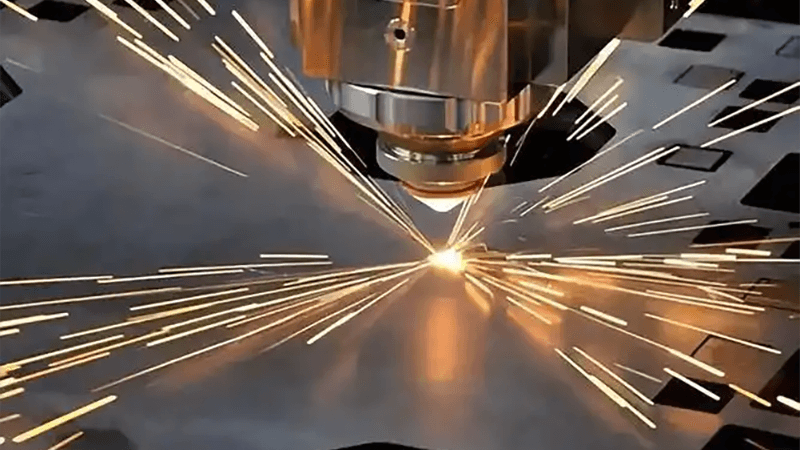
What is the best tool to cut stainless steel with?
Many people feel frustrated when traditional cutting tools leave behind burrs, require finishing work, or warp the material. This can delay production and increase costs. I have seen this happen too often.
The best tool to cut stainless steel is a fiber laser cutting machine. It delivers unmatched precision, clean edges, and minimal material distortion, making it ideal for stainless steel applications across industries.
Why fiber lasers stand above other tools
Fiber lasers combine speed and accuracy. The focused laser beam melts and vaporizes stainless steel without direct contact. This means no tool wear or physical stress on the material.
Comparison of tools for cutting stainless steel
| Tool | Pros | Cons |
|---|---|---|
| Fiber laser | Clean cut, precise, low heat distortion | Higher upfront cost |
| Plasma cutter | Faster than mechanical tools | More heat, rougher edge |
| Saw blades | Lower cost | Slow, lots of finishing needed |
| Waterjet | No heat affected zone | Slower, higher operational cost |
In my experience, fiber lasers1 give the best balance between quality, speed, and long-term value. For example, a client in the automotive sector switched to fiber lasers from plasma cutters2. The change eliminated secondary deburring and saved them over 30% in processing time.
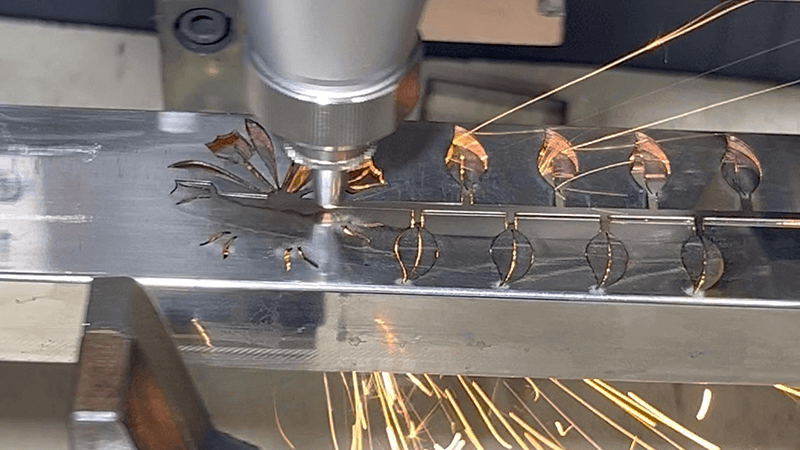
How to cleanly cut stainless steel?
Cutting stainless steel cleanly is a common challenge. Many teams waste hours on grinding and polishing after cuts. I have been in those shops, and I know the frustration well.
The cleanest way to cut stainless steel is by using a fiber laser cutter with precise settings for power and speed. This method produces smooth edges, reduces burr formation, and minimizes post-processing.
Key factors for clean cuts
Importance of laser parameters
Getting a clean cut is not just about the machine. It’s about how you set it up. Power, speed, and gas assist (like nitrogen or oxygen) all play a role.
| Parameter | Effect on Cut |
|---|---|
| Power level3 | Too high: excess dross; too low: incomplete cut |
| Cutting speed4 | Too fast: rough edge; too slow: heat marks |
| Gas assist5 | Nitrogen: clean, oxide-free edge; Oxygen: faster but oxidized edge |
My experience with clean cutting
I once worked with a client in the aerospace sector. Their traditional cutting methods caused heat distortion and rough edges. After adopting fiber laser cutting, they produced smooth, clean edges even on complex parts. This reduced both production time and the need for rework.
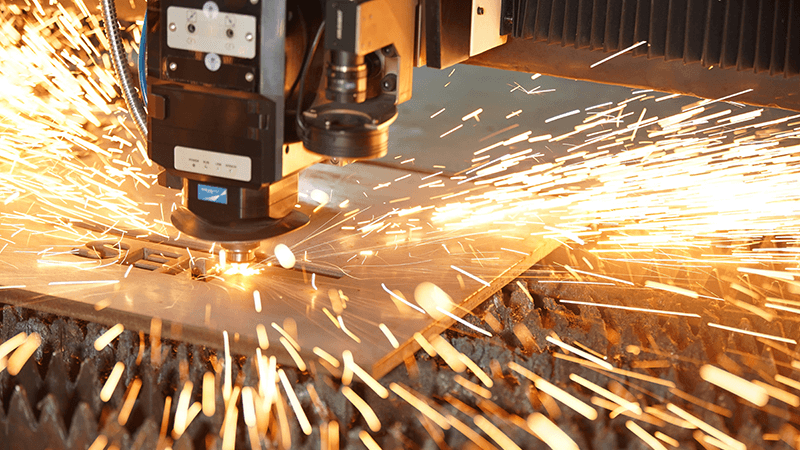
Is it better to cut stainless steel fast or slow?
It’s tempting to think that faster is always better. But when it comes to stainless steel, speed without control can ruin the material and add hidden costs.
It is better to cut stainless steel at an optimal speed set for the material thickness and laser power. Going too fast causes poor edge quality, while going too slow leads to heat buildup and distortion.
Finding the right balance
How speed impacts quality
Speed affects both edge quality and heat input. A fiber laser6 allows fine control over speed and power, making it easier to find the sweet spot.
| Cutting speed | Result |
|---|---|
| Too fast | Incomplete cuts, rough edges |
| Too slow | Heat buildup, discoloration |
| Optimized speed | Clean cut, minimal distortion |
I advise customers to run test cuts7 on sample pieces. This ensures the settings match the specific job requirements. With fiber lasers, fine-tuning speed is simple and repeatable.
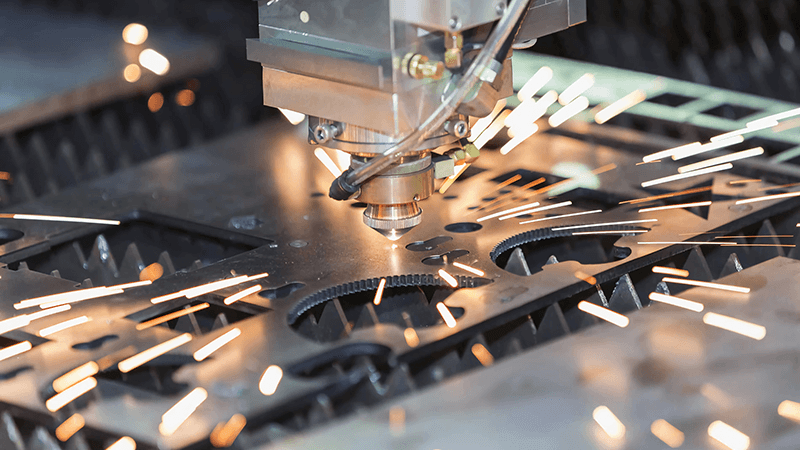
What is the best bit to cut through stainless steel?
Some ask about drill bits or saw blades, hoping for a simple mechanical solution. I understand this thinking, especially for small shops. But for clean, efficient stainless steel cutting, a different approach works better.
The best “bit” for cutting through stainless steel is not a traditional bit at all — it’s the focused beam of a fiber laser. Fiber lasers replace mechanical bits, offering contactless, precise cutting that preserves material quality.
Why fiber laser beams outperform bits
Limitations of traditional bits
Drill bits and saw blades wear out, especially on hard materials like stainless steel. They generate heat through friction, leading to work hardening and warping.
| Bit type | Limitation when cutting stainless steel |
|---|---|
| HSS drill bit8 | Dulls quickly, slow |
| Carbide bit9 | Better than HSS but still wears |
| Saw blade | Slow, rough edge, risk of distortion |
Fiber laser advantage
A fiber laser10 beam acts as the ultimate “bit.” It cuts cleanly without contact, with minimal maintenance and high repeatability. For example, one of my clients in industrial manufacturing switched from band saws to fiber laser's. They cut production time in half and improved part quality, all while reducing tool replacement costs.
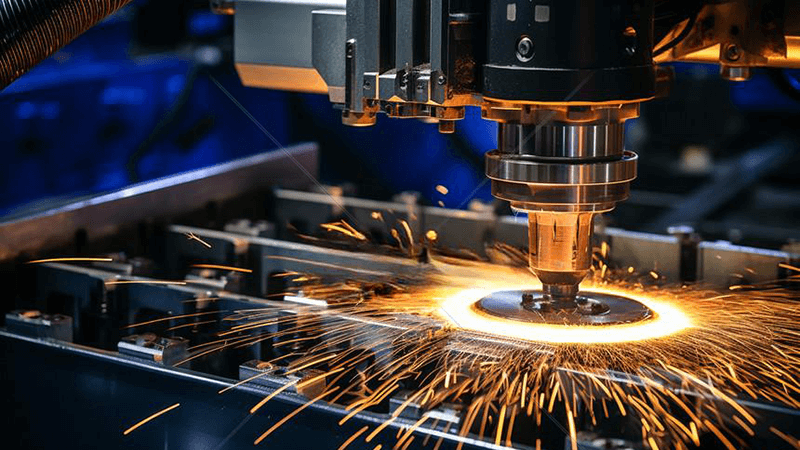
Conclusion
Cutting and shaping stainless steel requires precision, speed, and consistency. From my experience at Kirin Laser, fiber laser cutting11 is the best solution. It offers clean edges, minimal heat distortion, and reliable performance. Whether you need fast production, tight tolerances, or reduced post-processing, fiber lasers deliver. By choosing the right cutting method, you can improve part quality, lower costs, and stay ahead in competitive industries.
-
Explore the benefits of fiber lasers to understand why they are preferred for cutting applications, especially in terms of speed and precision. ↩
-
Discover the limitations of plasma cutters to understand why fiber lasers might be a better choice for certain applications. ↩
-
Understanding the impact of power level can help optimize laser cutting for better results and efficiency. ↩
-
Exploring cutting speed effects can lead to improved precision and quality in laser cutting applications. ↩
-
Learning about gas assist can enhance your cutting process, ensuring cleaner edges and better material compatibility. ↩
-
Explore the advantages of fiber lasers, including speed control and edge quality, to enhance your cutting processes. ↩
-
Learn why performing test cuts is crucial for achieving optimal settings and results in laser cutting applications. ↩
-
Understanding the limitations of HSS drill bits can help you choose better tools for cutting hard materials like stainless steel. ↩
-
Learn about the performance differences between carbide and HSS bits to make informed decisions for your cutting needs. ↩
-
Explore how fiber lasers can enhance efficiency and quality in manufacturing processes, offering significant cost savings and improved results. ↩
-
Find the best laser cutting machine and cutting solutions from Kirin Laser, and click this link to get everything you need. ↩





